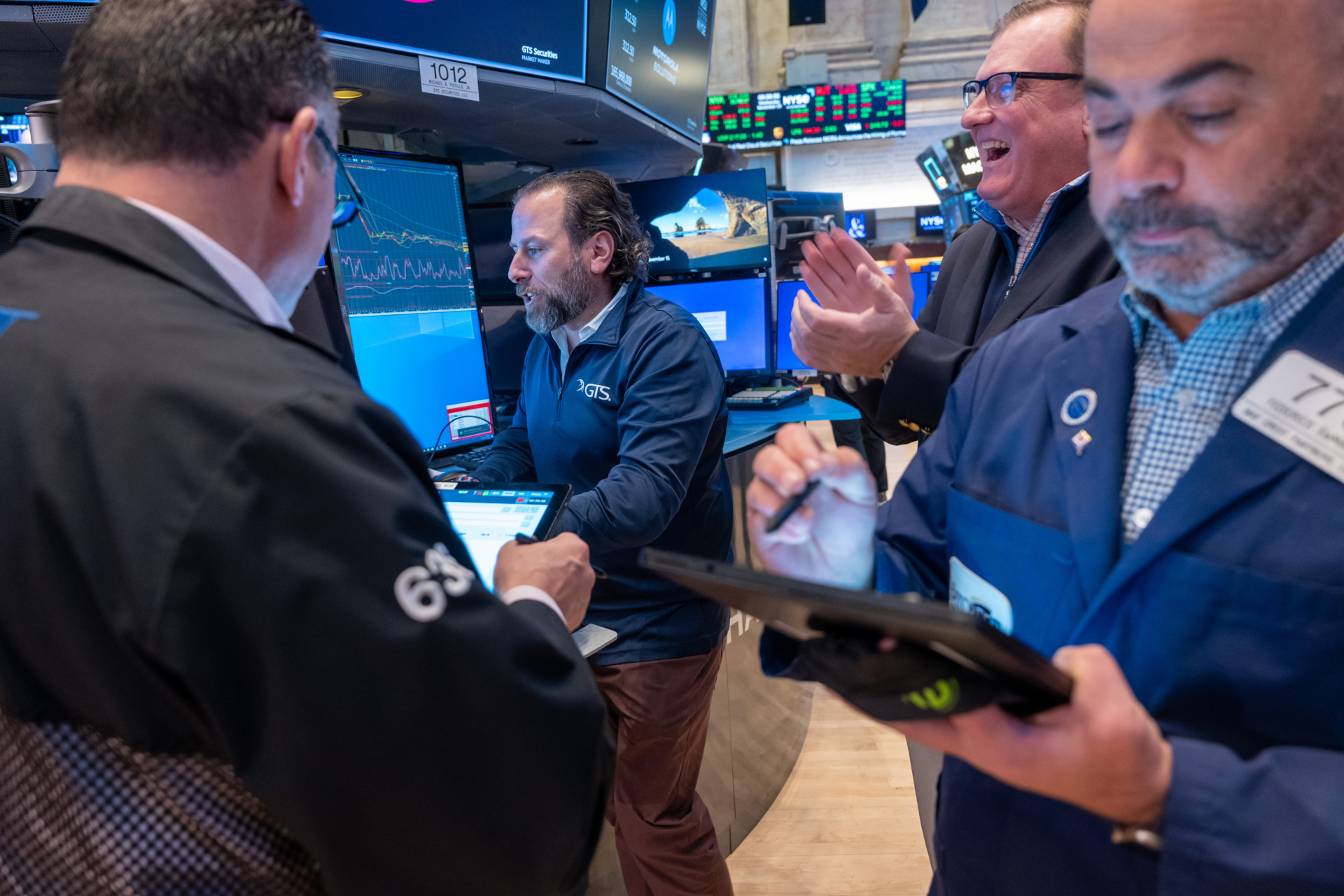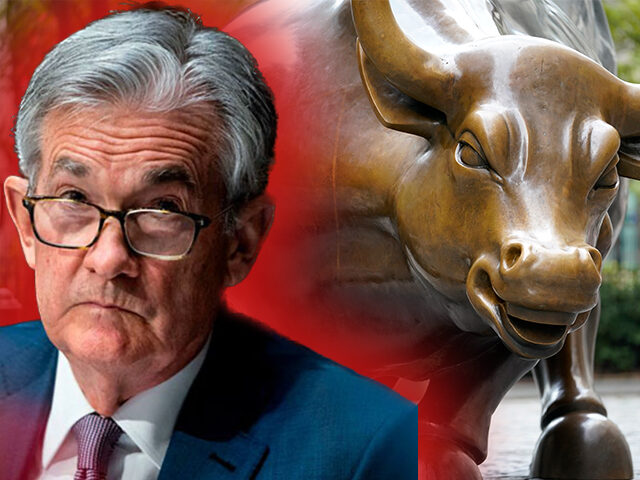The Market Decides to Fight the Fed, Again
The market is convinced that the Federal Reserve is done with rate hikes. The Federal Reserve is not.
The minutes of the last Federal Open Market Committee (FOMC) meeting, released to the public on Tuesday, show that officials were not yet ready to conclude that the Fed might not need to raise interest rates further to tame inflation.
“All participants agreed that the Committee was in a position to proceed carefully and that policy decisions at every meeting would continue to be based on the totality of incoming information and its implications for the economic outlook as well as the balance of risks,” the minutes say. “Participants noted that further tightening of monetary policy would be appropriate if incoming information indicated that progress toward the Committee’s inflation objective was insufficient.” [emphasis added]
Going into the last meeting, which was held on October 31 and November 1, markets reflected the view that the Fed would not raise rates at that meeting but might raise rates at the coming mid-December meeting. In recent weeks, however, the market has all but eliminated the expectation for a December hike. As of yesterday, there was essentially no chance of a hike implied by the prices of fed funds futures.
On Tuesday, a bit of doubt crept back in, with the odds of another hike climbing to 5.2 percent.
The Soft October CPI Print Inflamed Enthusiasm
Behind the market conviction that the Fed is done with rate hikes is the data released last week showing inflation fell by more than expected in October. The consumer price index (CPI) was flat for the month, undershooting Wall Street’s expectations for a 0.1 percent increase. In the prior month, the CPI had climbed 0.4 percent after rising 0.6 percent in August.
Those August and September readings bolstered the arguments of those who said the trend in inflation no longer seemed to be headed in the right direction. Indeed, it seemed as if inflation was settling in at a high rate.
The October figure created a lot of enthusiasm for the view that those famously lagged-effects of Fed policy might actually put inflation on a sustained path toward two percent annual inflation.
“This is a game changer,” Paul McCulley, former chief economist at Pimco and now an adjunct professor at Georgetown University, told CNBC’s Squawk on the Street. “We’re having a day of rational exuberance because the data clearly show what we’ve been waiting for for a long time, which is a crack in the shelter component.”
This interpretation would appear to be putting more pressure on a single month’s data than it can bear.

Traders work on the floor of the New York Stock Exchange on November 15, 2023, in New York City. The Dow rose as the news of lower than expected inflation readings encouraged investors. (Spencer Platt/Getty Images)
The decline in median CPI, as calculated by the Cleveland Fed, was less dramatic. This fell to 0.3 percent month-to-month, which is below September’s 0.5 percent but equal to the August figure. This annualizes to 3.8 percent, far above the Fed’s target, and close to the four percent or so it has been running at for most of this year.
The Cleveland Fed’s trimmed-mean CPI figure rose 0.3 percent for the month, which annualizes to 2.9 percent. This measure of inflation is lower than it was in August and September but higher than in the three months prior.
The reason we pay so close attention to these measures of “average” inflation is that they are some of the best indicators of underlying inflation, allowing us to glimpse where inflation is likely headed. The truth is that the economics profession has yet to develop a reliable indicator of future inflation, so we are left polishing crystal balls such as the change in the M2 money supply or the trend in median and trimmed-mean CPI.
The Market is Aggressively Timing the Fed
Federal Reserve officials at the last meeting were unanimous in the view that interest rates would have to stay high “for some time.”
How long is “some time?”
The fed funds market currently reflects the view that it is probably around six months. The market implied odds of a cut at that FOMC meeting are now 59 percent. Slide forward to the June meeting and the odds rise to 80 percent. In July, they are at 91 percent.
Fed officials will have to decide whether they are okay with that level of certainty about a cut coming near the mid-point of next year. They’ll have the chance to send a message at the next meeting when the Fed once again releases the summary of economic projections of FOMC members. At the last meeting, the median expected fed funds rate for year-end 2024 moved up to 5.1 percent from 4.6 percent, which would suggest no cuts at all.

COMMENTS
Please let us know if you're having issues with commenting.